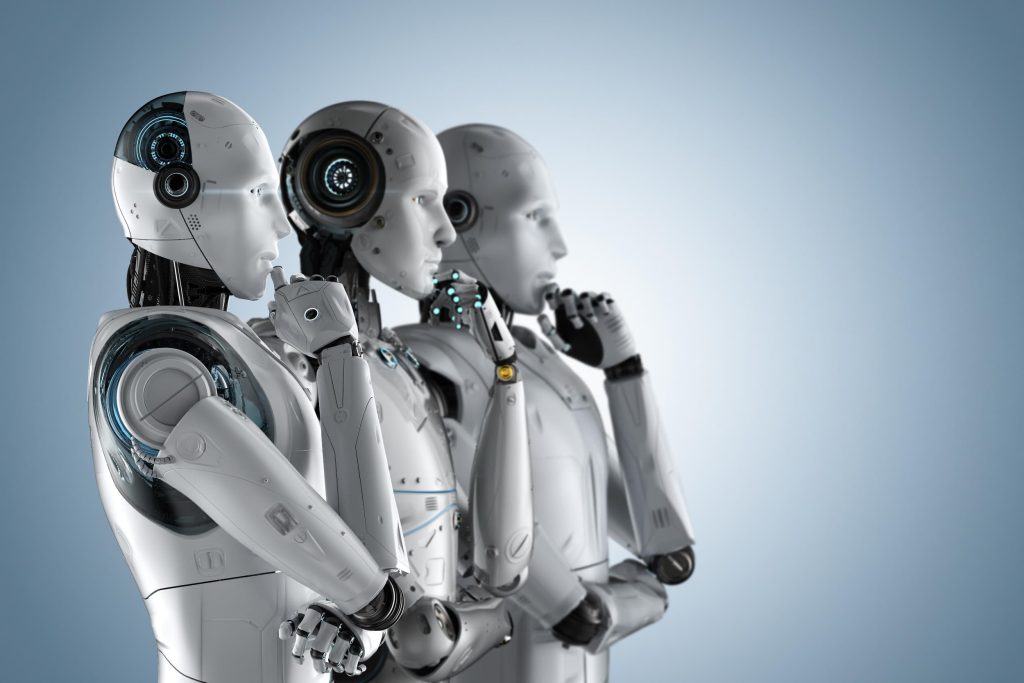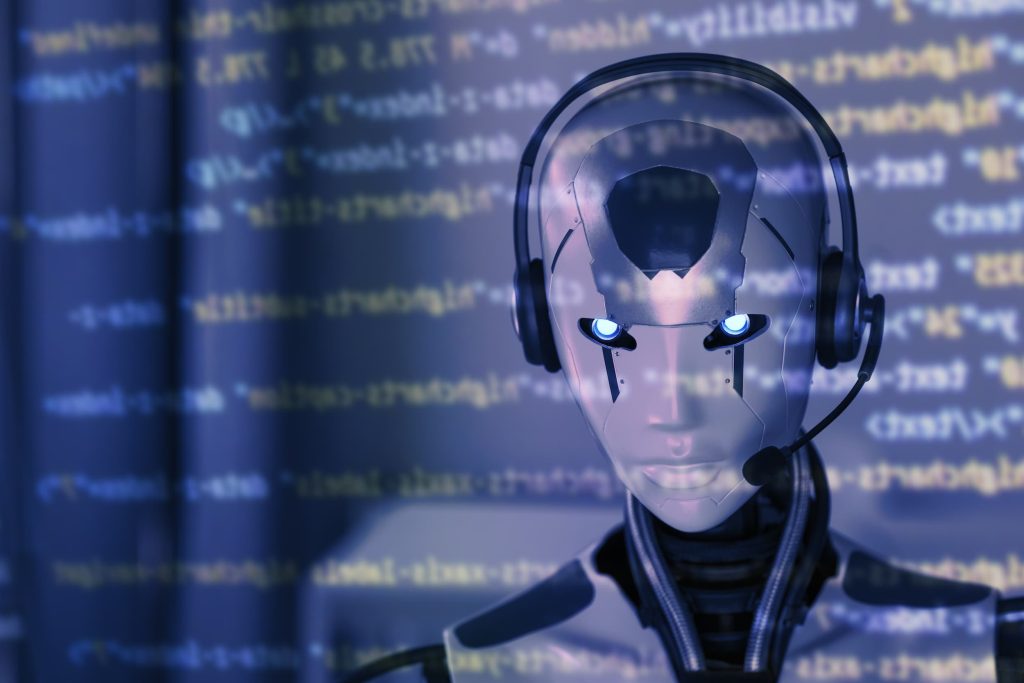Picture yourself teaching a child to identify different types of flowers. You’d show them pictures, point out distinct features, and gradually help them learn the patterns that distinguish a rose from a daisy. This is surprisingly similar to how we teach Artificial Intelligence to understand our world – through data, Pattern Recognition, and guidance. Discover how the information we feed our AI systems shapes its understanding and, ultimately, our future.
The Foundation: What is AI Learning
At its core, Artificial Intelligence Machine Learning is like giving a computer a massive photo album of experiences. Just as we learn from our daily interactions, AI systems learn from datasets – carefully curated collections of information that help them understand patterns and make decisions. This process, known as Machine Learning, is the backbone of modern AI development.
Think of it this way: when you’re teaching a child to read, you start with simple words and gradually progress to more complex sentences. Similarly, when teaching Artificial Intelligence, you begin with basic datasets and progressively introduce more sophisticated information. This structured approach, known as Supervised Learning, helps AI systems develop a nuanced understanding of their designated tasks.
The Building Blocks: Data for AI
The quality and diversity of AI training datasets are crucial in determining how well an AI system will perform. Imagine trying to learn a new language but only being exposed to business conversations – your understanding would be limited to that specific context. The same principle applies to Artificial Intelligence and data processing.
Here’s what makes good AI data:
- Quantity: Deep Learning requires vast amounts of information to recognise patterns effectively
- Quality: Accurate, well-labelled data ensures reliable learning
- Diversity: Varied examples help prevent bias in AI systems
- Relevance: Data must align with the intended use case
Big Data and AI go hand in hand – the more comprehensive and diverse the dataset, the better the AI can understand complex patterns and make accurate predictions.
The Architecture: Neural Networks in AI
Artificial Intelligence and Neural Networks form a fascinating partnership that mimics how our brains process information. These networks are like intricate webs of interconnected nodes, each contributing to the system’s overall understanding. Machine Learning Pattern Recognition occurs as these networks process layers of information, identifying increasingly complex features and relationships.
For example, when analysing an image, the first layer might detect simple edges, the next might identify shapes, and deeper layers could recognise complete objects. This hierarchical learning process, known as Deep Learning, enables AI systems to develop sophisticated understanding from raw data.
The Challenge: AI Data Bias
One of the most critical challenges in AI development is addressing bias in AI systems. Just as our personal experiences shape our worldview, AI training datasets can inadvertently incorporate and amplify existing societal biases. This Artificial Intelligence bias can manifest in various ways:

- Representation Bias: When certain groups are underrepresented in training data
- Measurement Bias: When data collection methods favour certain populations
- Aggregation Bias: When distinct groups are inappropriately combined
- Historical Bias: When historical inequalities are reflected in the data
Understanding and addressing AI data bias is crucial for developing fair and ethical AI systems. It’s not just about having more data – it’s about having the right data that represents our diverse world accurately.
The Process: How AI Algorithms Learn
The journey from raw data to an intelligent system involves several key steps:
- Data Collection: Gathering diverse, high-quality information
- Data Preprocessing: Cleaning and organising the data
- Feature Selection: Identifying relevant patterns
- Model Training: Teaching the AI through iterative learning
- Validation: Testing the system’s accuracy
- Deployment: Putting the trained system to work
Each step in this process requires careful attention to ensure the resulting AI system is both capable and responsible.
The Future: Shaping Tomorrow’s AI
As we continue to develop more sophisticated AI systems, the quality and ethical considerations of our training data become increasingly important. Here are some emerging trends in AI data management:
Synthetic Data Generation
Imagine training an AI to recognise rare medical conditions, but don’t have enough real examples. Synthetic Data Generation allows the creation of artificial but realistic data that mimics real-world scenarios. Using advanced algorithms, the generation of thousands of synthetic medical images or patient records helps AI systems learn about these rare cases while protecting patient privacy and filling critical gaps in our training datasets.
Federated Learning
Think of Federated Learning as a distributed book club where everyone learns from each other without sharing their books. Instead of collecting all data in one place, AI models travel to where the data lives – like a phone or local hospital – learn from it there, and only share back what they learned, not the original data. This revolutionary approach enables AI training while maintaining data privacy and security, perfect for sensitive information like personal messages or medical records.
Active Learning
Consider a teacher who identifies which homework questions students struggle with most to focus future lessons. Similarly, active learning lets AI systems pinpoint which new training examples would be most valuable for improving their understanding. Rather than processing endless amounts of repetitive data, the AI actively selects the most informative examples to learn from, making the training process more efficient and effective.
Continuous Learning
Just as humans don’t stop learning after graduating school, modern AI systems are designed to keep learning and adapting to new information. Continuous Learning enables AI models to update their knowledge based on new data and experiences, preventing them from becoming outdated. For example, a customer service AI can constantly learn about new products, policies, or common issues to provide better assistance over time.
The Human Element
Remember, while AI systems can process vast amounts of data and recognise complex patterns, they still rely on human insight and guidance. As the development of these systems continue, it’s crucial to maintain a balance between technological advancement and ethical considerations.
The future of AI lies not just in the sophistication of our algorithms, but in the quality, diversity, and ethical consideration of our training data. As we continue to teach Artificial Intelligence and develop new systems, humans must remain mindful of our responsibility to create technology that benefits all of humanity.
Always Looking Forward
By understanding the crucial role of data in AI development, we can better appreciate both the challenges and opportunities ahead. Whether you’re a developer, researcher, or simply someone curious about AI, remember that the data we choose to use today will shape the AI systems of tomorrow.
Let’s embrace this responsibility with enthusiasm and careful consideration, ensuring that as we advance in Artificial Intelligence Machine Learning, we’re creating systems that are not just powerful, but also fair, inclusive, and beneficial for all.




